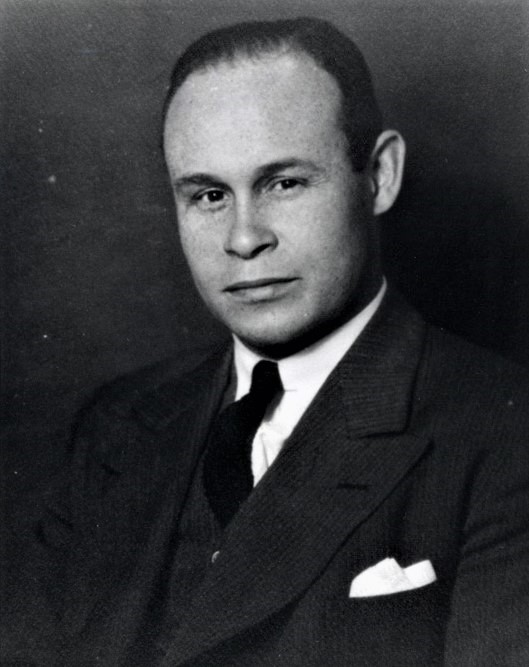By Lady Houston

FROM WIKIPEDIA COMMONS
Charles Richard Drew (June 3, 1904 – April 1, 1950) was an American surgeon and medical researcher. He researched in the field of blood transfusions, developing improved techniques for blood storage, and applied his expert knowledge to developing large-scale blood banks early in World War II. This allowed medics to save thousands of Allied forces’ lives during the war. As the most prominent African American in the field, Drew protested against the practice of racial segregation in the donation of blood, as it lacked scientific foundation, and resigned his position with the American Red Cross, which maintained the policy until 1950.
Early life and education
Drew won an athletics scholarship to Amherst College in Massachusetts, where he played on the football as well as the track and field team, and later graduated in 1926. After college, Drew spent two years (1926–1928) as a professor of chemistry and biology, the first athletic director, and football coach at the historically black private Morgan College in Baltimore, Maryland, to earn the money to pay for medical school.
For his medical career Drew applied to Howard University, Harvard Medical School and later McGill University. Drew lacked some prerequisites for Howard University, and Harvard wanted to defer him a year, so to begin medical school promptly, Drew decided to attend McGill’s medical school in Montreal, Canada.
It was during this stage in his medical journey that Drew worked with John Beattie, who was conducting research regarding the potential correlations between blood transfusions and shock therapy. Shock occurs as the amount of blood in the body rapidly declines which can be due to a variety of factors such as a wound or lack of fluids (dehydration). As the body goes into shock, both blood pressure and body temperature decrease which then causes a lack of blood flow and a loss of oxygen in the body’s tissues and cells. Eventually, it became clear that transfusions were the solution to treating victims of shock, but at the time there was no successful method of transportation or mass storage of blood, leaving transfusions to be extremely limited to location.
At McGill, he achieved membership in Alpha Omega Alpha, a scholastic honor society for medical students, ranked second in his graduating class of 127 students, and received the standard Doctor of Medicine and Master of Surgery degree awarded by the McGill University Faculty of Medicine in 1933.
Drew’s first appointment as a faculty instructor was for pathology at Howard University from 1935 to 1936. He then joined Freedman’s Hospital, a federally operated facility associated with Howard University, as an instructor in surgery and an assistant surgeon. In 1938, Drew began graduate work at Columbia University in New York City on the award of a two-year Rockefeller fellowship in surgery. He then began postgraduate work, earning his Doctor of Science at Surgery at Columbia University. He spent time doing research at Columbia’s Presbyterian Hospital and wrote a doctoral thesis, “Banked Blood: A Study on Blood Preservation,” based on an exhaustive study of blood preservation techniques. It was through this blood preservation research where Drew realized blood plasma was able to be preserved, two months, longer through de-liquification, or the separation of liquid blood from the cells. When ready for use the plasma would then be able to return to its original state via reconstitution. This thesis earned him his Doctor of Science in Medicine degree in 1940, becoming the first African American to do so. The District of Columbia chapter of the American Medical Association allowed only white doctors to join, consequently “… Drew died without ever being accepted for membership in the AMA.”
